Three billion years ago, Earth was a very different place.
-
Joint NASA-NSF Ideas Lab on the Origins of Life Update

As announced previously, the Astrobiology Program of NASA’s Science Mission Directorate (SMD) is joining with the Directorate for Biological Sciences (BIO) and the Directorate of Geosciences (GEO) of the National Science Foundation (NSF) to sponsor an “Ideas Lab” activity on the Origin of Life.
The dates of the Ideas Lab Workshop are September 18-23, 2016. The workshop will take place at the Hyatt Regency Chesapeake Bay in Cambridge, MD. Additional information about the venue and meeting logistics will be provided to the selected participants.
Scientific Background
Most theories of the origin and early evolution of life focus on one ...July 21, 2016 • Written by: NASA Astrobiology Program • Report issue
-
41st COSPAR Scientific Assembly Cancelled
COSPAR 2016, originally scheduled for July 30 to August 7, has been cancelled. Lennard Fisk issued the following message:
Dear COSPAR Associates,
The most recent events in Istanbul, involving a coup from a faction of the national army against the Turkish government on 15 July, require us to cancel the 41st COSPAR Assembly. This is a difficult and sad decision, taken in consultation with the Executive Director of the COSPAR Secretariat and in consideration of the advice spontaneously expressed by several Bureau and Council members as well as COSPAR officers and Main Scientific event Organizers. It also reflects the sense ...
Source: [Committee on Space Research]
July 18, 2016 • Written by: Miki Huynh • Report issue
-
2016 Selections for the Lewis and Clark Fund for Exploration and Field Research in Astrobiology
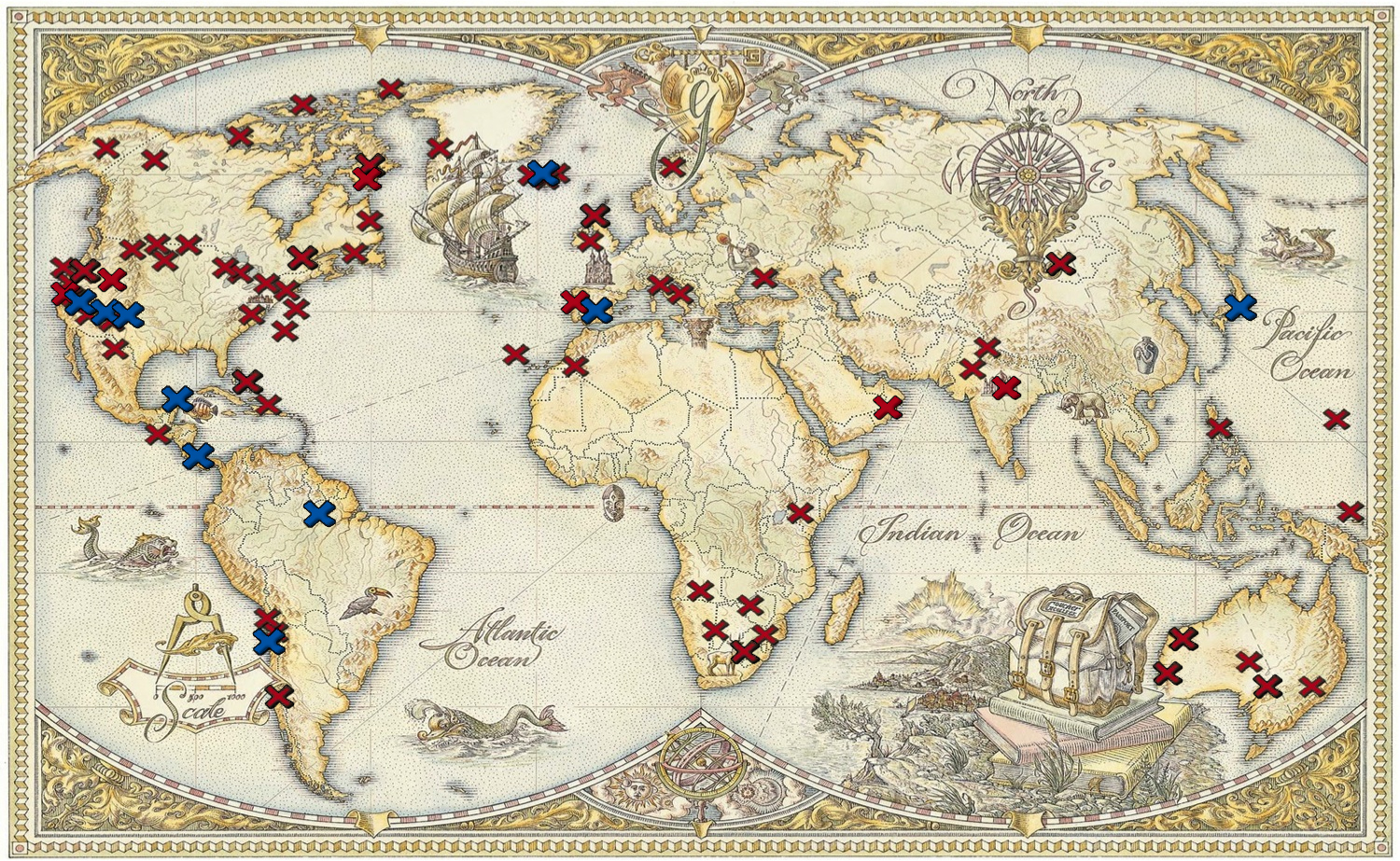
Map of locations explored by past and present Lewis and Clark Fund recipients. Blue Xs mark 2016 field research destinations.The NASA Astrobiology Institute and the American Philosophical Society are pleased to announce the selections for the 2016 Lewis and Clark Fund for Exploration and Field Research in Astrobiology. These graduate students, postdocs, and early-career scientists listed below will embark on field studies in astrobiology at destinations from Chile to Iceland and New Mexico to Japan.
Joany Babilonia
University of Florida
Project: Unraveling the Global Microbiome Core of Stromatolites
Location: Ruidera Pool, SpainMegan Bedell
University of Chicago
Project: Exploring the Formation of Rocky Worlds with the Solar Twin Planet Search
Location: HARPS Spectrograph, ChileSarah Black
University of Colorado ...July 15, 2016 • Written by: NASA Astrobiology Institute (NAI) • Report issue
-
Ancient Supernovae Were Close Enough to Buffet Biology on Earth with Radiation Dose, Researcher Says
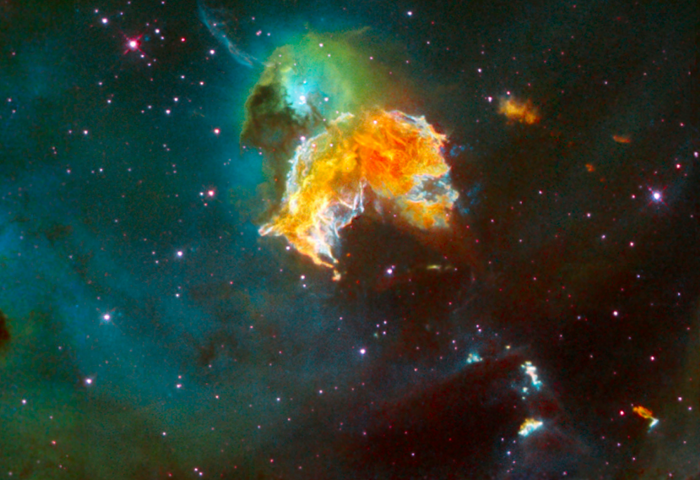
Image source: NASAResearch published in April provided “slam dunk” evidence of two prehistoric supernovae exploding about 300 light years from Earth. Now, a follow-up investigation based on computer modeling shows those supernovae likely exposed biology on our planet to a long-lasting gust of cosmic radiation, which also affected the atmosphere.
“I was surprised to see as much effect as there was,” said Adrian Melott, professor of physics at the University of Kansas, who co-authored the new paper appearing in The Astrophysical Journal Letters, a peer-reviewed express scientific journal that allows astrophysicists to rapidly publish short notices of significant original research.
“I was ...
Source: [University of Kansas]
July 12, 2016 • Written by: University of Kansas • Report issue
-
A Corrected Genome Sequence for Bacillus pumilus strain SAFR-032
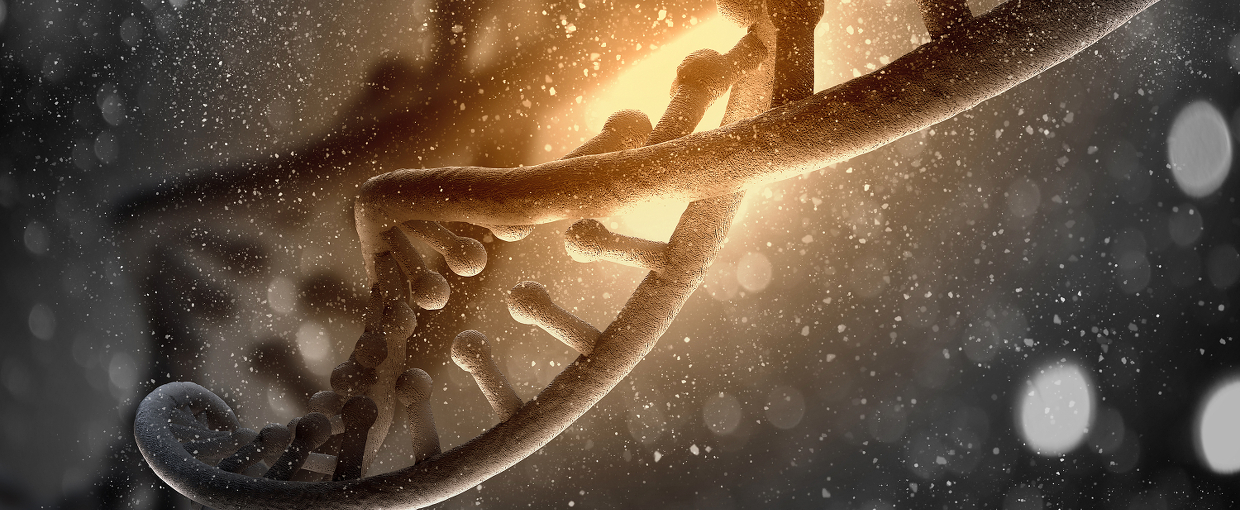
Artist impression of a strand of DNA.
Authors of the PLOSOne article from left to right: Victor Stepanov (University of Houston), Madhan Tirumalai (U of H), Saied Montazari (U of H), Aleksandra Checinska (NASA JPL), Kasthuri Venkateswaran (NASA JPL), and George E Fox (U of H)Source: [PLOS One]
July 11, 2016 • Written by: Aaron Gronstal • Report issue
-
Honing in on the Great Oxygenation Event
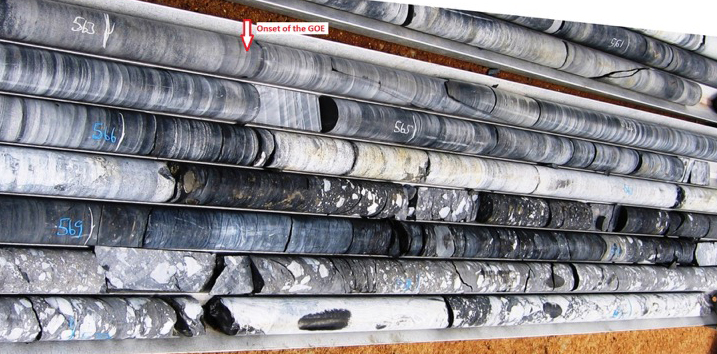
Researchers looked for a particular sulfur isotope pattern called mass-independent fraction of sulfur isotopes (S-MIF) to determine when oxygen first appeared in the Earth’s atmosphere. Photo source: MIT.Scientist at MIT have identified the date of the Great Oxygenation Event (GOE) on Earth, a period of climate change when oxygen became permanently abundant in our atmosphere and provided a step towards the development of complex life on our planet.
The research, published in Science Advances, posits the rapid oxygenation of Earth at 2.33 billion years ago, plus or minus 7 million years—the most narrowed down estimate to date. These numbers were found by analyzing shifts in the sulfur isotope pattern of pyrite in sediment cores from South Africa. MIT News released a story detailing the research ...
July 07, 2016 • Written by: Miki Huynh • Report issue
-
Underground Life Powered by Electrons

Scanning electron microscopy showing attachment of Delftia sp. WE1-13 on carbon cloth fibers, and in vivo fluorescent image of Delftia sp. WE1-13 cells attached to an electrode during electrochemical analysis. Image source: Y. Jangir and M.Y. El-Naggar (USC).Scientists from the University of Southern California Life Underground team are taking a close look at microorganisms that have developed unique strategies for surviving below the Earth’s surface in oxygen-poor but mineral-rich environments.
In the research paper “Isolation and characterization of electrochemically active subsurface Delftia and Azonexus species,” published in Frontiers of Microbiology, the scientists analyze microbes within a fractured-rock aquifer in Death Valley, CA, using electrodes to draw out and isolate types that gain energy through a process called extracellular electron transfer (EET).
The study is part of growing research on microorganisms able to “live off of electricity ...
July 04, 2016 • Written by: Miki Huynh • Report issue
-
Fourth Library of Congress Astrobiology Chair Announced
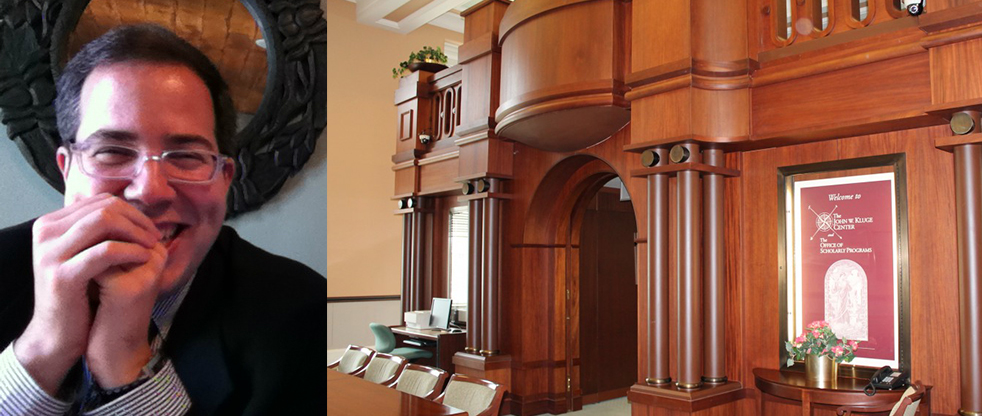
Luis Campos named fourth Baruch S. Blumberg NASA/Library of Congress Chair. Photo credits: University of New Mexico/Library of Congress.Luis Campos has been selected as the fourth Baruch S. Blumberg NASA/Library of Congress Chair in Astrobiology at the Library of Congress John W. Kluge Center.
Campos is a senior fellow at the Robert Wood Johnson Foundation Center for Health Policy at the University of New Mexico, where he also teaches the history of science. His writings include “Radium and the Secret of Life,” and he is co-editor of “Making Mutations: Objects, Practices, Contexts.”
His yearlong residency at the Kluge Center begins October 1. Campos will focus on the intersection between astrobiology and synthetic biology, examining the ...
Source: [Library of Congress]
July 01, 2016 • Written by: Miki Huynh • Report issue
-
Where Is the Habitable Zone for M-Dwarf Stars?
While we know that yellow dwarf stars like our sun are capable of supporting life, there’s another star type that is a prime hunting ground for potentially habitable exoplanets.
M-dwarf stars are extremely common in the Universe and a typical one is relatively small and dim, making it easy for astronomers to detect a passing planet. If orbiting planets huddle close enough to an M-dwarf, in theory they could fall within the habitable zone where surface liquid water, and thus life, is possible.

Artist’s impression of a M dwarf star surrounded by planets.Source: [astrobio.net]
June 30, 2016 • Written by: Elizabeth Howell • Report issue
-
Europa's Ocean May Have an Earthlike Chemical Balance

The ocean of Jupiter’s moon Europa could have the necessary balance of chemical energy for life, even if the moon lacks volcanic hydrothermal activity, finds a new study.
Europa is strongly believed to hide a deep ocean of salty liquid water beneath its icy shell. Whether the Jovian moon has the raw materials and chemical energy in the right proportions to support biology is a topic of intense scientific interest. The answer may hinge on whether Europa has environments where chemicals are matched in the right proportions to power biological processes. Life on Earth exploits such niches.
In the ...
Source: [American Geophysical Union]
June 27, 2016 • Written by: American Geophysical Union • Report issue
-
A Possible Solution to the “Faint Young Sun Paradox” in Primordial Asteroid Impacts

SwRI scientists created a new model for impact-generated outgassing on the early Earth. A large impact creates a transient high temperature atmosphere. Within a thousand years, the atmosphere condenses, while deep-seated, impact-generated melt spreads across the surface. The model shows how pools of lava could release gases and create a greenhouse effect that warmed the planet.In the first billion years of Earth’s history, the planet was bombarded by primordial asteroids, while a faint Sun provided much less heat. A Southwest Research Institute-led team posits that this tumultuous beginning may have ultimately fostered life on Earth, particularly in terms of sustaining liquid water.
“The early impacts caused temporary, localized destruction and hostile conditions for life. But at the same time, they had a long-term beneficial effect in stabilizing surface temperatures and delivering key elements for life as we know it,” said Dr. Simone Marchi, a senior research scientist at SwRI’s Planetary Science Directorate in ...
Source: [Southwest Research Institute]
June 23, 2016 • Written by: Southwest Research Institute • Report issue
-
Watching ‘Jumping Genes’ in Action
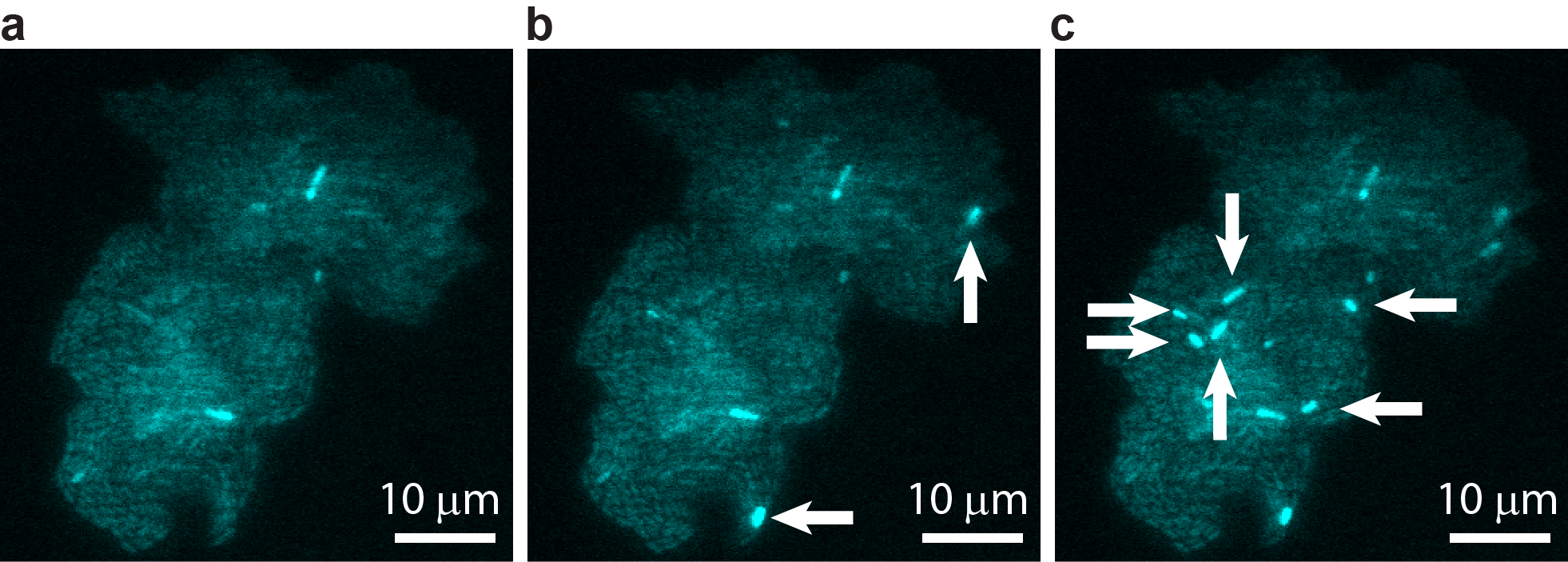
A bacterial colony showing individual cells undergoing transposable element events, resulting in blue fluorescence. Images are shown at (a) t = 0, (b) t = 40 min, and (c) t = 60 min, with arrows indicating newly occurring events in each image. Image courtesy of T.E. Kuhlman, University of Illinois at Urbana-Champaign, reproduced with permission from Proceedings of the National Academy of Sciences USA.“Jumping genes” are ubiquitous. Every domain of life hosts these sequences of DNA that can “jump” from one position to another along a chromosome; in fact, nearly half the human genome is made up of jumping genes. Depending on their specific excision and insertion points, jumping genes can interrupt or trigger gene expression, driving genetic mutation and contributing to cell diversification. Since their discovery in the 1940s, researchers have been able to study the behavior of these jumping genes, generally known as transposons or transposable elements (TE), primarily through indirect methods that infer individual activity from bulk results. However, such ...
Source: [University of Illinois at Urbana-Champaign]
June 20, 2016 • Written by: Siv Schwink • Report issue
-
Chiral Molecule Detected in Interstellar Space

Propylene oxide was detected, primarily with the NSF's Green Bank Telescope, near the center of our Galaxy in Sagittarius (Sgr) B2, a massive star-forming region. Credit: B. Saxton, NRAO/AUI/NSF from data provided by N.E. Kassim, Naval Research LaboratoryA team of scientists using highly sensitive radio telescopes have discovered the first complex organic chiral molecule in interstellar space. The molecule, propylene oxide (CH3CHOCH2), was found near the center of our Galaxy in an enormous star-forming cloud of dust and gas known as Sagittarius B2 (Sgr B2).
The research was undertaken primarily with the National Science Foundation’s Green Bank Telescope (GBT) in West Virginia as part of the Prebiotic Interstellar Molecular Survey. Additional supporting observations were taken with the Parkes radio telescope in Australia.
“This is the first molecule detected in interstellar space that has the ...
Source: [National Radio Astronomy Observatory]
June 17, 2016 • Written by: National Radio Astronomy Observatory • Report issue
-
Postdoctoral Fellowship Opportunity with NASA’s Nexus for Exoplanet System Science (NExSS)

The NASA Postdoctoral Program (NPP) offers U.S. and international scientists the opportunity to conduct important research while contributing to NASA’s scientific goals. Applications are now being accepted for postdoctoral fellows to engage in research with NASA’s Nexus for Exoplanet System Science (NExSS) advisors.
NExSS is a NASA research coordination network dedicated to the study of planetary habitability. The goals of NExSS are to investigate the diversity of exoplanets and to learn how their history, geology, and climate interact to create the conditions for life (https://nexss.info/). NExSS investigators also strive to put planets into an architectural ...
June 15, 2016 • Written by: Julie Fletcher • Report issue
-
Pre-Workshop Activities for Exoplanet Biosignatures Workshop Without Walls

The pre-workshop online activities for the NExSS Exoplanet Biosignatures Workshop Without Walls will commence on June 13! We are pleased to let you know that 3 pairs of meetings will be timed to engage participants across the globe.
These pre-workshop activities will be community work sessions to review the State of the Science of remotely detectable biosignatures. The results will be summarized at the 3-day in-person workshop in July, where they will facilitate discussions for Advancing the Science and Technology for exoplanet biosignatures.
State of the Science Review
The length of each meeting will be 75 minutes.Meeting 1: Topic ...
June 08, 2016 • Written by: Julie Fletcher • Report issue



